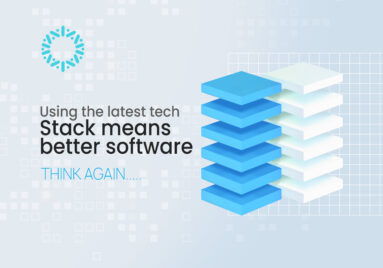A game-changing approach to software development that enables technical and non-technical users to build applications with a minimal amount of hand-coding. These platforms are transforming the way businesses build, deploy, and extend solutions, helping them bridge the gap between business needs and IT capabilities.
What Are Low-Code and No-Code Platforms?
Low-Code Platforms: These are coding environments where applications are developed with minimal coding. Visual interfaces, drag-and-drop capabilities, and existing components are leveraged by developers to accelerate the process.
No-Code Platforms: No-code tools are designed for non-experts (commonly known as citizen developers) and have no programming involved. Using intuitive visual interfaces, users can design workflows, sites, and applications.
Why Are They Game-Changers?
Speed
With fast application development, companies can move from idea to deployment in days, not months.
Cost Efficiency
Reducing the need for big development teams saves operational costs while allowing IT to take on more complex work.
Empowering Citizen Developers
Business users no longer need to wait on IT backlogs; they can create their own tools and automate processes in an instant.
Innovation
They allow companies to quickly prototype and test ideas and bring products to market more rapidly.
Popular No-Code and Low-Code Platforms:
Low Code:
- Microsoft Power Apps
- OutSystems
- Mendix
- Appian
No-Code:
- Bubble
- Webflow
- Zapier
- Airtable
- Glide
These platforms are integrated with existing systems and often offer AI-driven suggestions, further improving the development lifecycle.
The Future of Development
According to Gartner, by 2025, 70% of new applications at enterprises will be built on low-code or no-code technology. As more and more businesses focus on quickness, these platforms will continue to evolve, having additional AI features, better collaboration features, and more security.
Regardless of whether you’re an enterprise IT person, a business analyst, or the founder of a startup, implementing low-code and no-code platforms can radically raise your capacity to innovate. It’s not going away, it’s the future of software development.
Challenges
The main drawback of low-code and no-code platforms is that they cannot handle large and complex applications. While they are great tools for creating simple apps in a matter of minutes, when the project demands more advanced features, custom designs, or integration with large systems, they fail. This makes them inappropriate for larger corporations or more complicated projects.
Here is where we come in, we as infinity team can help you have infinite strong and customised solutions





